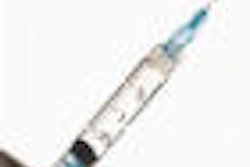Sedation Safety Week kicked off March 12 with a reminder from DOCS Education of key steps dental professionals can take to ensure that patients undergoing sedation in their offices have a safe, comfortable, and effective dental appointment.
DOCS developed the 7-Step Sedation Dentistry Safety Checklist specifically for dentists and oral health professionals:
- Check all monitoring and emergency equipment this week to ensure that it is up to code and in working order, including your pulse oximeter, blood pressure monitor, automated external defibrillator (AED), and supplemental oxygen delivery system.



















